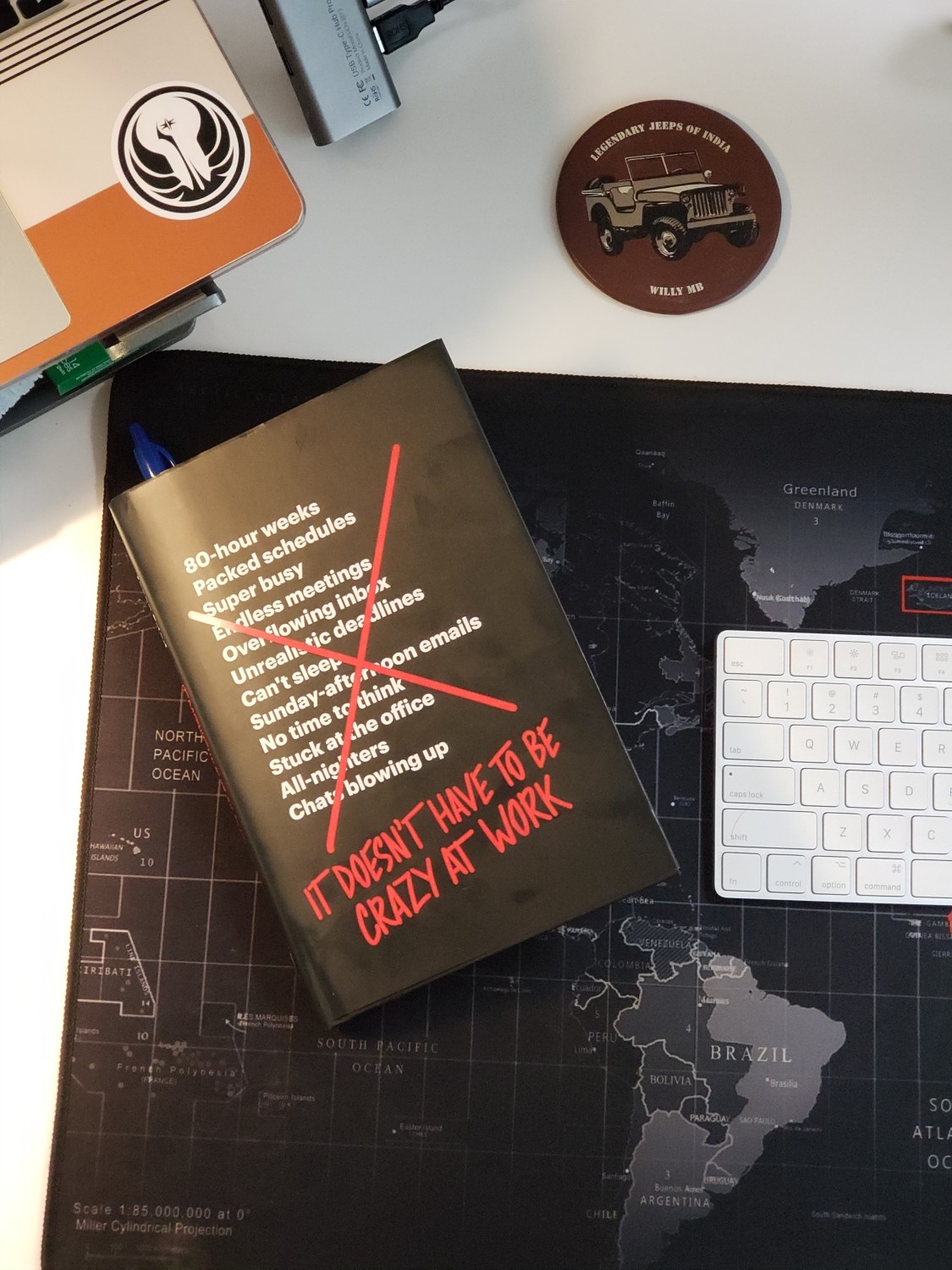E11: A recap of 2 security pieces, my experiments with reducing distraction and 10 tips, and a book recommendation
Hello Friends,
The week gone by was fantastic and lots to share.
Let's go.
Executive order summary and what we can learn from it
I read through the 29-page executive order on the adoption of Zero Trust Architecture. This document details recommended practices on security- network, data, endpoints. It provides a holistic framework for agencies and departments to build implementation plans.
I am confident there is a lot to learn for enterprises of all sizes.
Lesson- how to set up a strategic direction without getting too lost in the details.
However, If I were helping put this strategy together-
I would have pressed for tying $ values to initiatives and associated risks in this program, but...
Every Security initiative must contribute to reducing enterprise risk, otherwise, it is a cost center.
If you have not read my post, I encourage you to read the slides below.
Feel free to download and read offline if that is what you like. ⬇️
Collaboration as a Security enabler
I received good feedback on the role of collaboration in improving enterprise CyberSecurity.
If you have not yet, read it here.
See how this could be adapted for your organization. If you have implemented different practices at your organization, write in the comments and share your experiences.

Reducing distraction and some tips which I wrote down
For me Twitter, LinkedIn is part of my daily routine. The same goes for our email, teams chat, collaboration software, and tools to constantly work as a group. However, these tools and platforms can be bottomless pits. These tools are at the foundation of work, but can also become a constant source of distraction.
Here are 10 things that I have experimented with for the past few months.
Having successfully seen the benefits, listing for you to try:
- Setting up a Twitter timebox- 2 blocks of 15 mins each.
- Setting up a LinkedIn timebox- 1 block of 30 mins each. read, write, engage. Use Buffer for posts.
- Setting up a Sales navigator timebox- Daily. 1 block of 1 hr each.
- Increase email sync duration to 15 mins. Practice and increase it to 30 mins. not possible on the outlook for mac but I have used it many years ago.
- Avoid the email treadmill. Switch off emails notification and ping. Future/Someday goal: 👉 setup a dedicated daily 1 hour for email. no emails outside of it.
- Switch off Teams/Slack notification- except for the incoming call
- Focus on radiating information by writing than meetings within the organization
- Set up mechanisms to radiate information by tools - Teams dashboards, Project and Tasks updates.
- Work in at least four 1 hour bundles (4 X 1 hr focused) every day. not 15 mins, not 30-time blocks. solid 60 mins on a focused topic.
- Write with the internet switched off or in an absolutely distraction-free approach

This is how my outlook notifications are setup

This is how my team's notifications are setup
What are your ways to manage and protect your attention?
Book talk: It doesn't have to be crazy at work

I read this book for the 4th time since I bought it. It is about 230 pages long but I will still call it a quick and easy read.
I discovered Jason Fried more than a decade ago. Since then, I have been an admirer of his work and philosophy behind standing up basecamp. I was on the waitlist and paid for their email service (hey.com), and have read most of what he has written yet.
"It doesn't have to be crazy at work" has been my favorite. The book doesn't teach you anything new. Instead, it helps unlearn some of the poor habits and choices we pick up from our work environments. The title of the book, the cover is pretty self-explanatory. I recommend this book to anyone looking for fresh ideas around - find calm, quality, Innovation, office practices. Jason and the team are amazing.
If you want to know what I am talking about, you should search for job openings(if any) at basecamp. the effort they put to craft a JD, explaining their interview process, and other details are exemplary.
👉 Enjoying this newsletter, connect with me on Twitter account: twitter[.]com/iSaurabhMittal